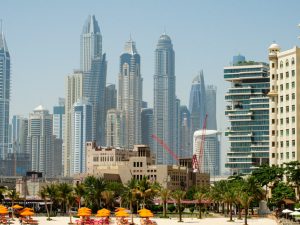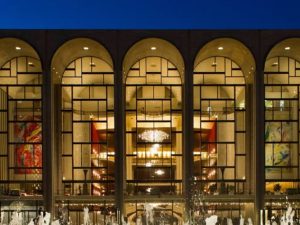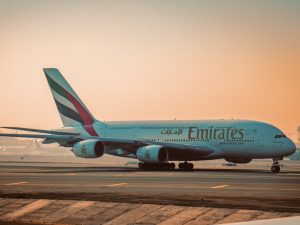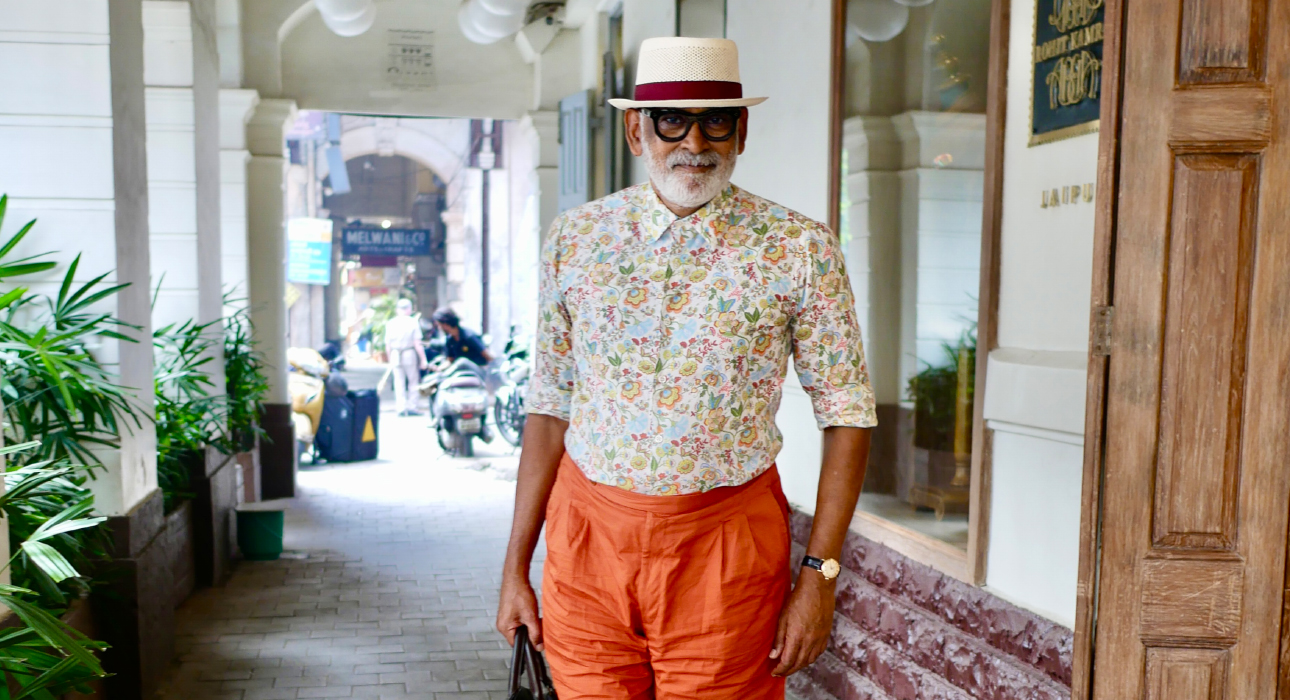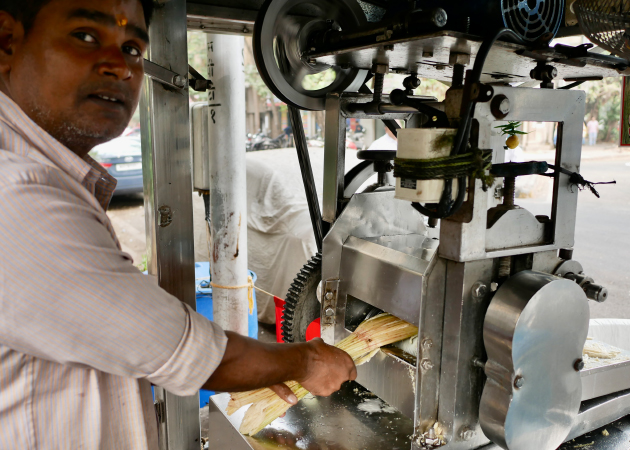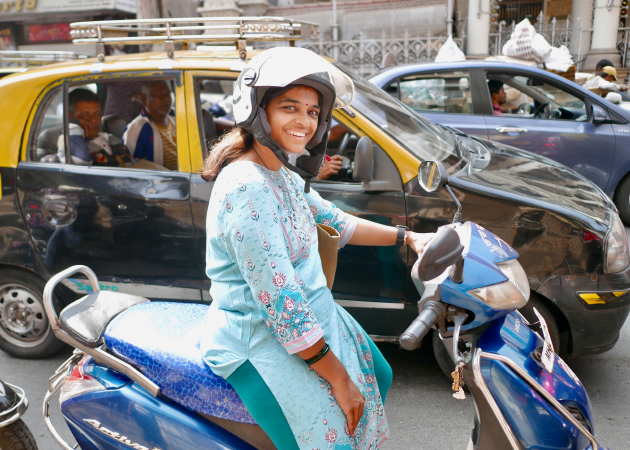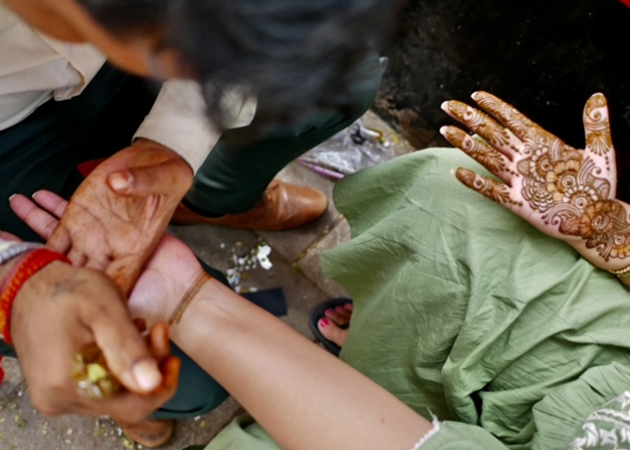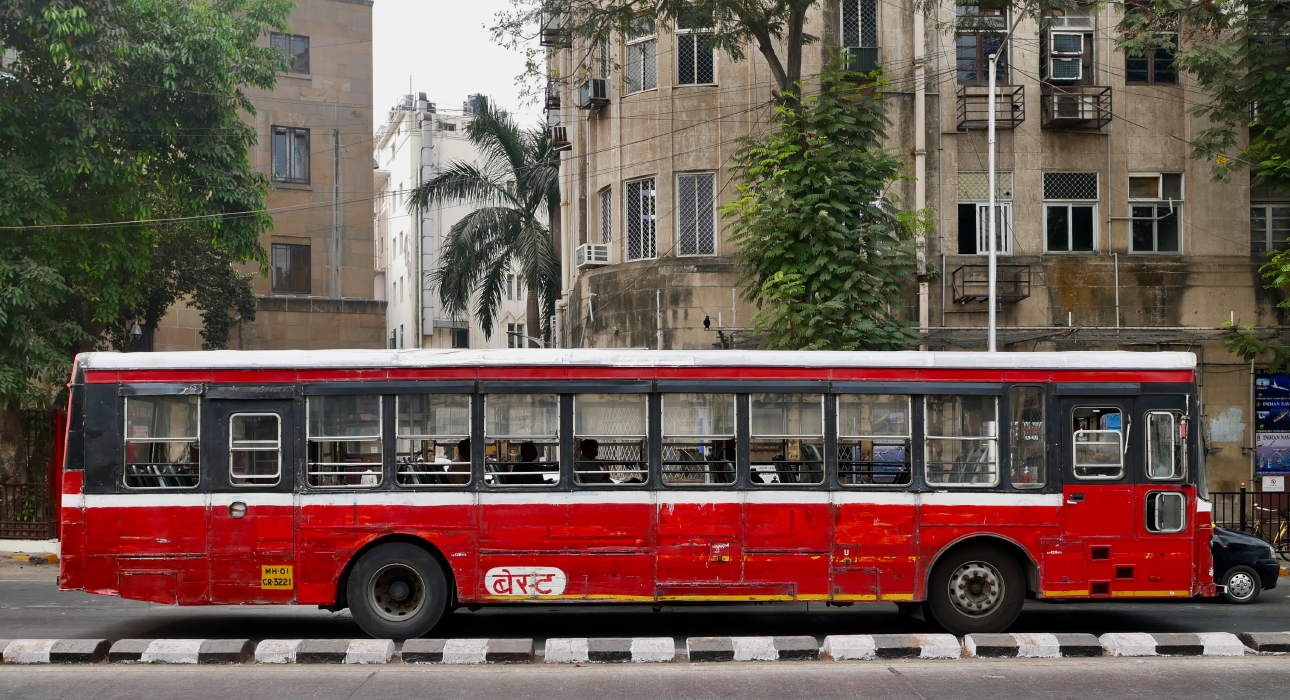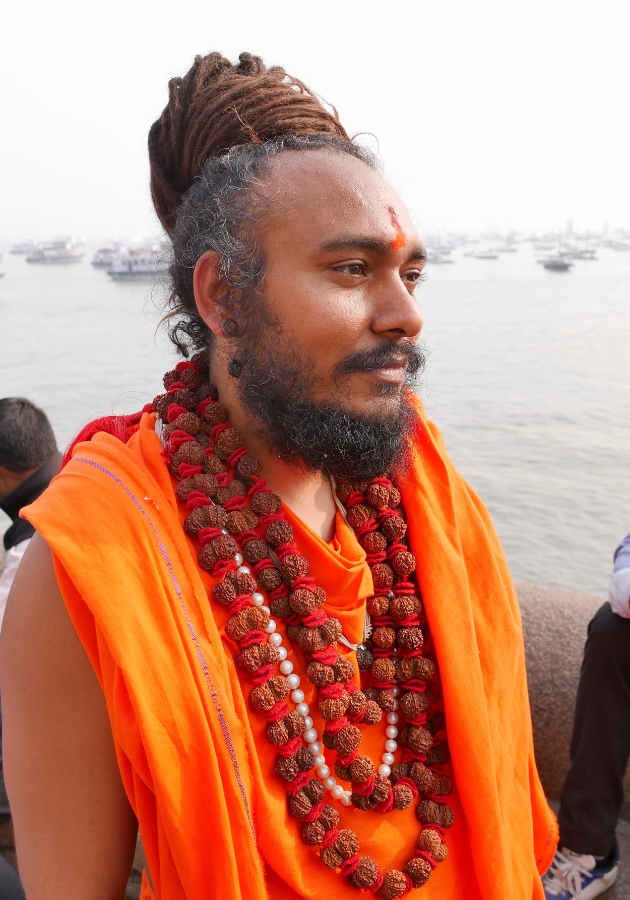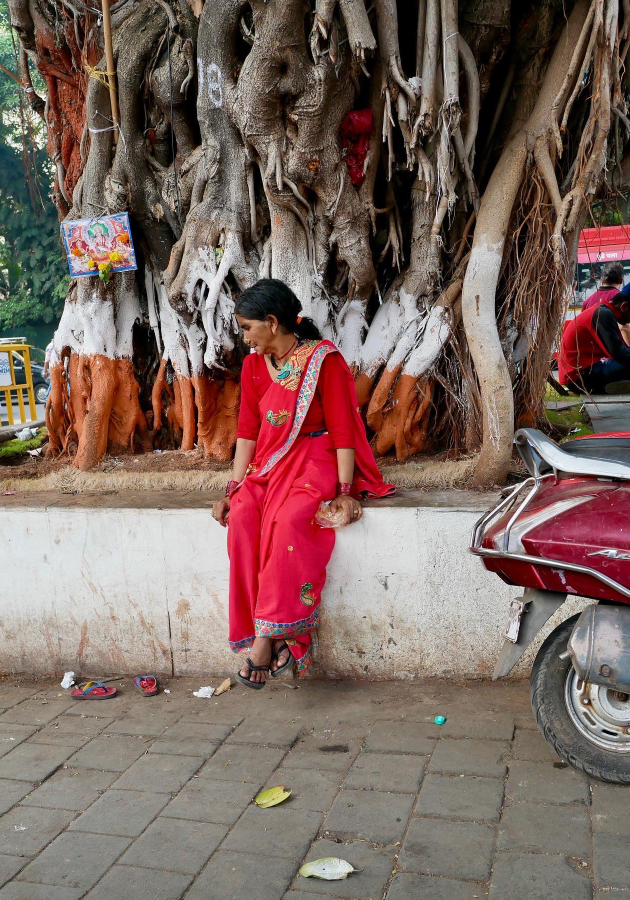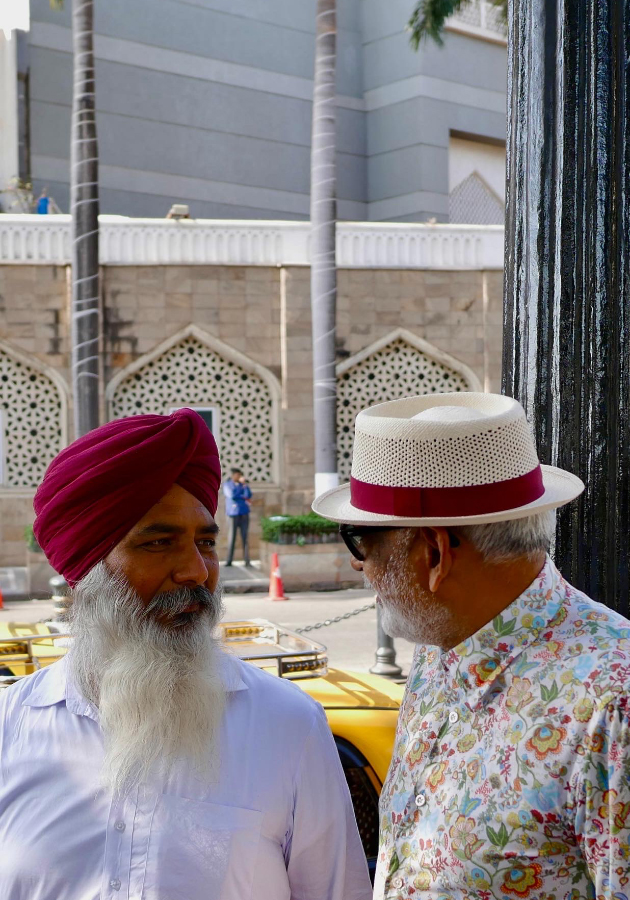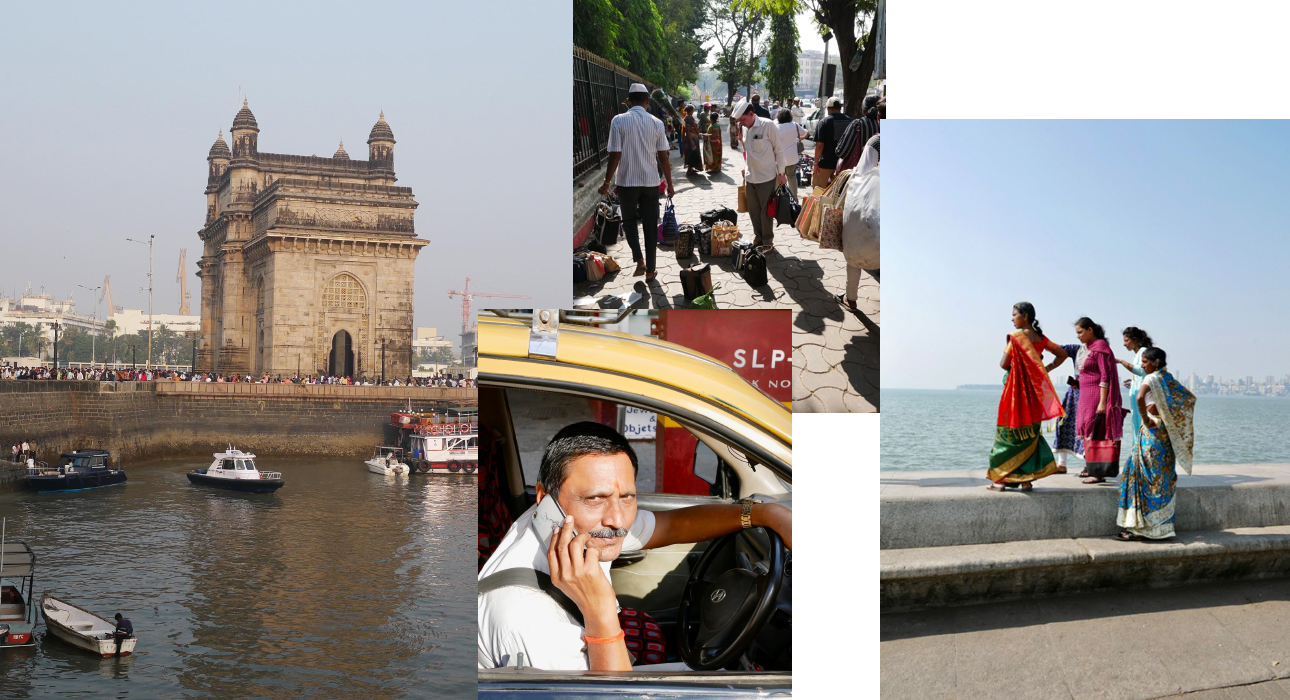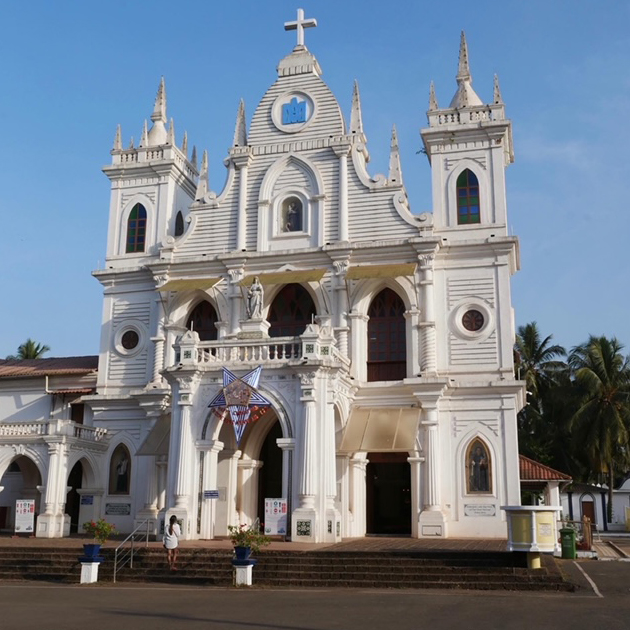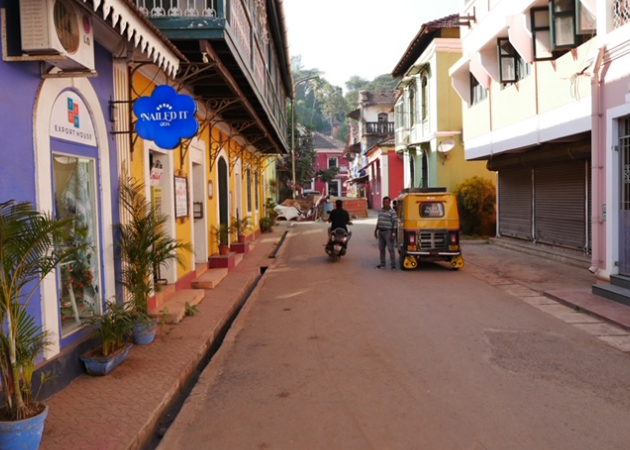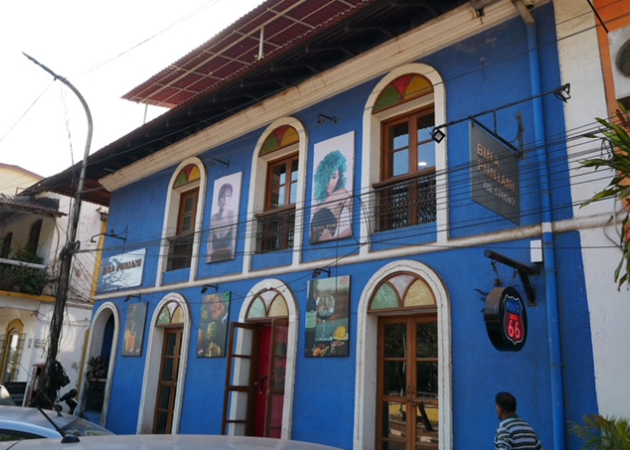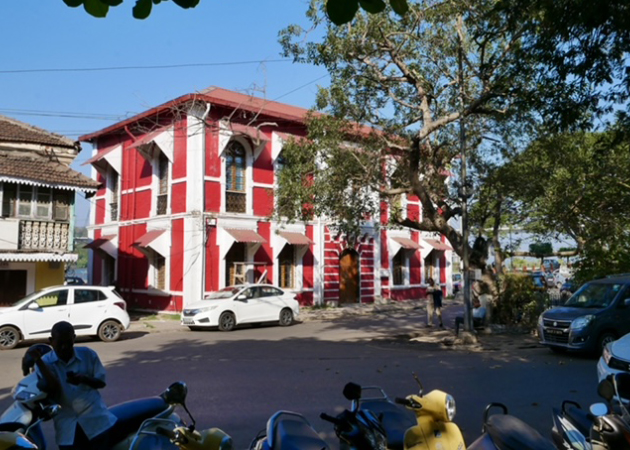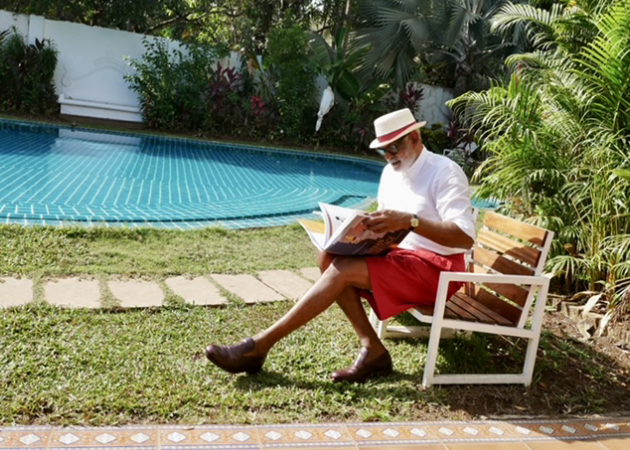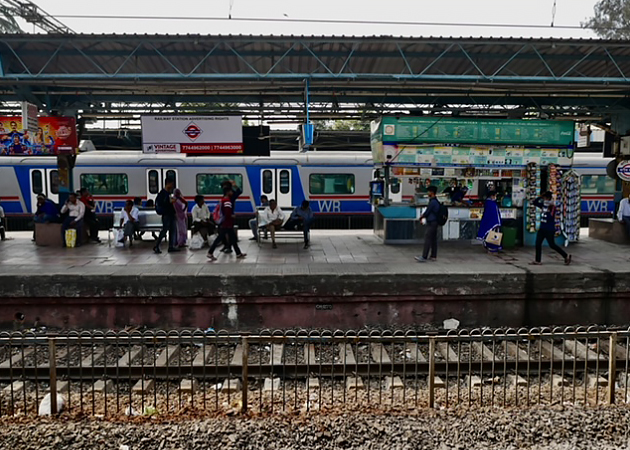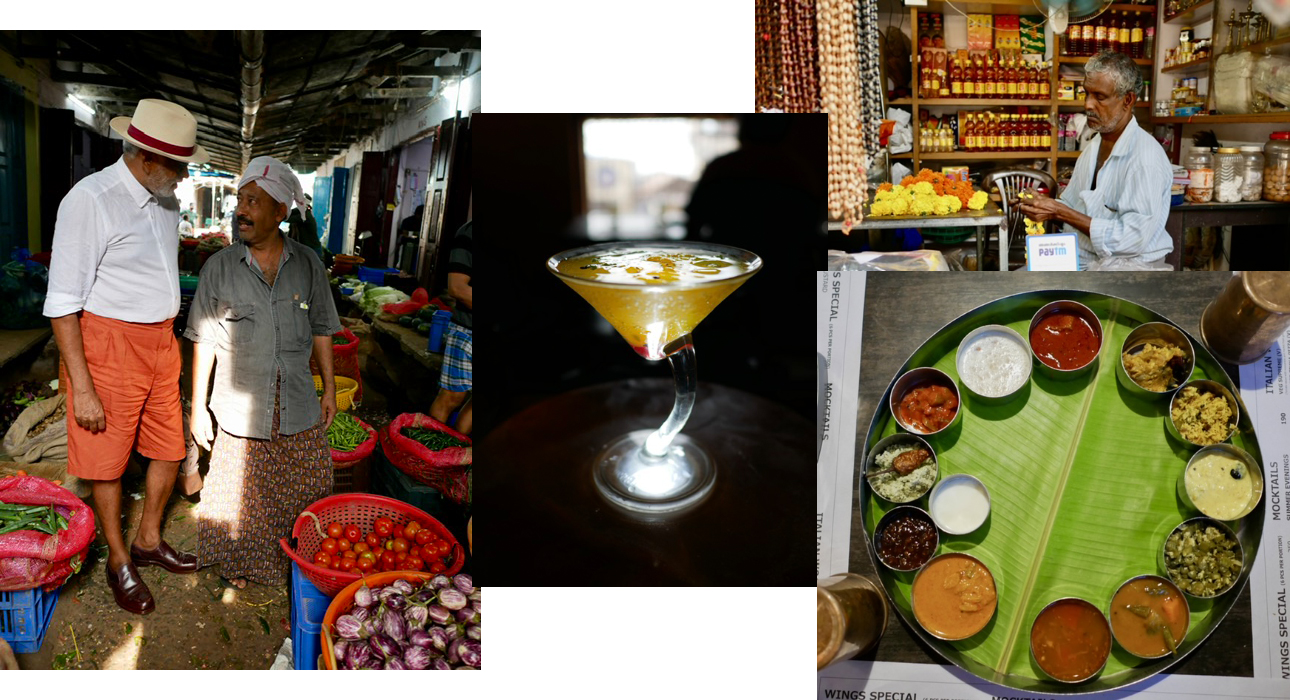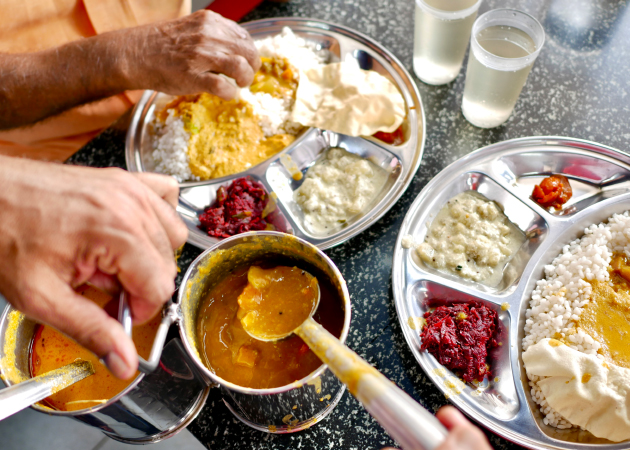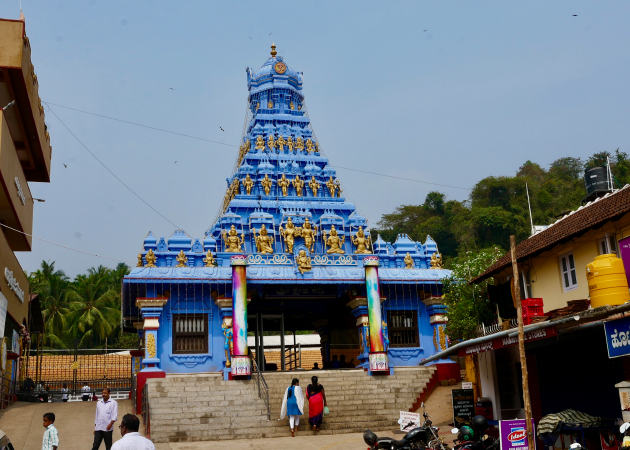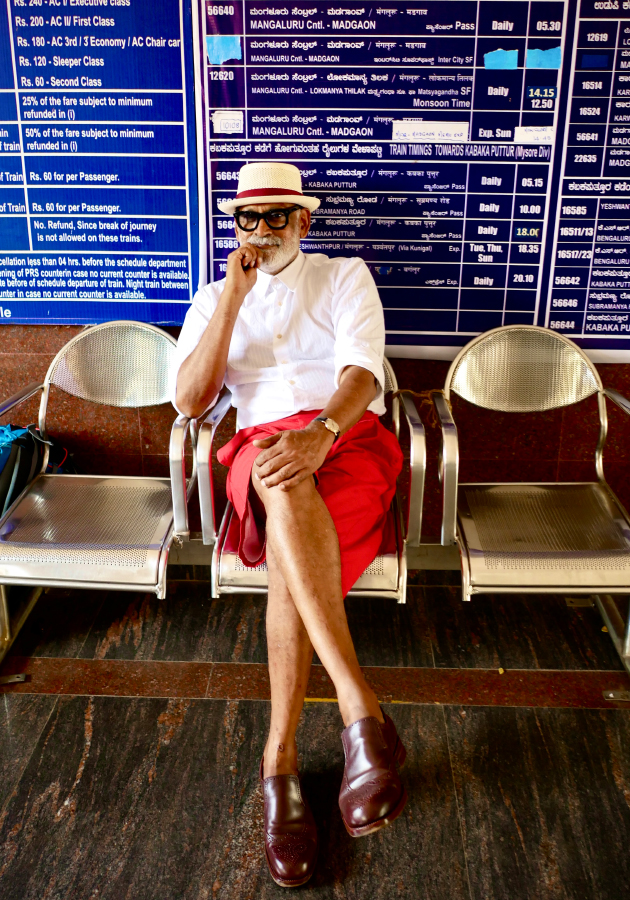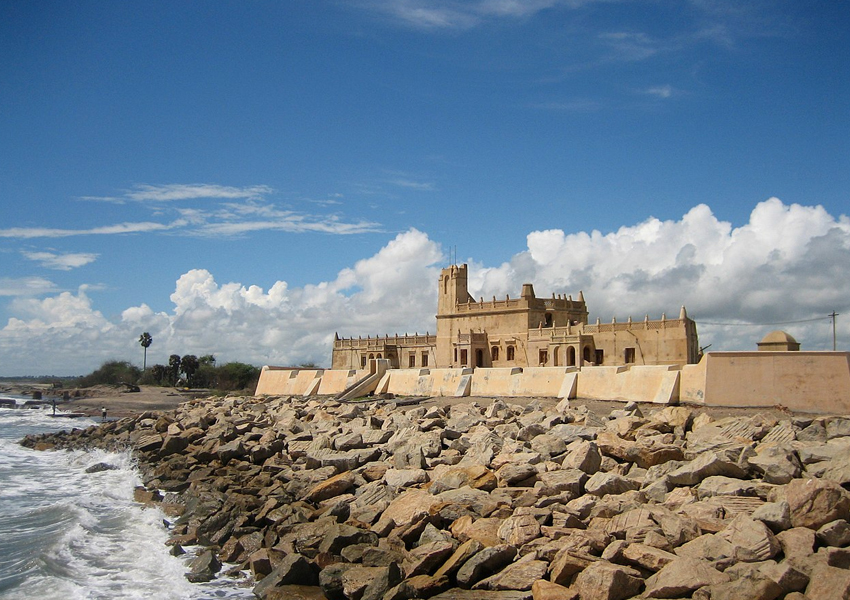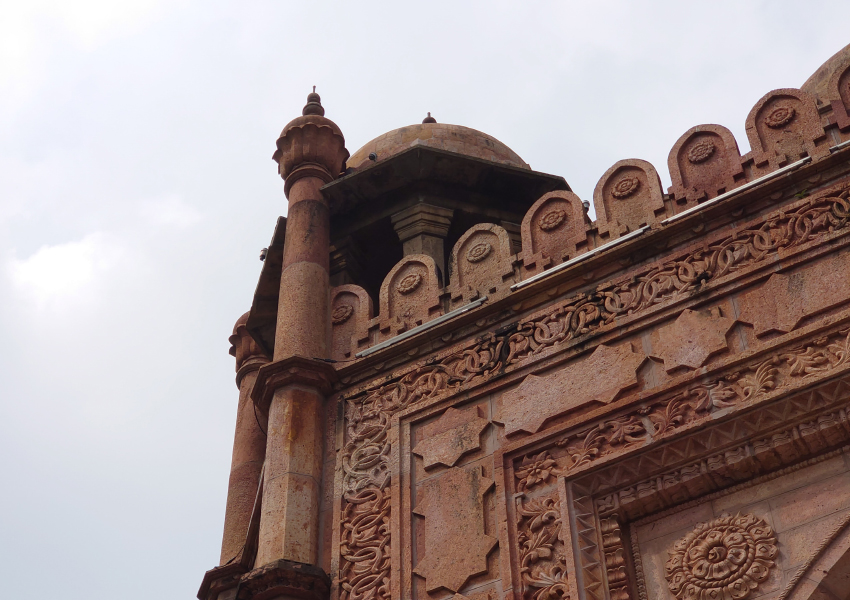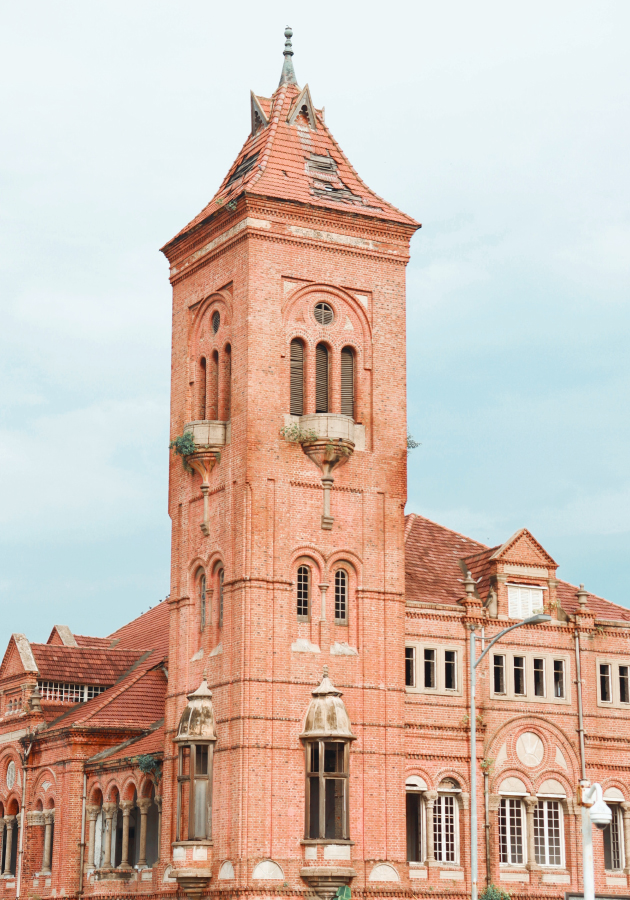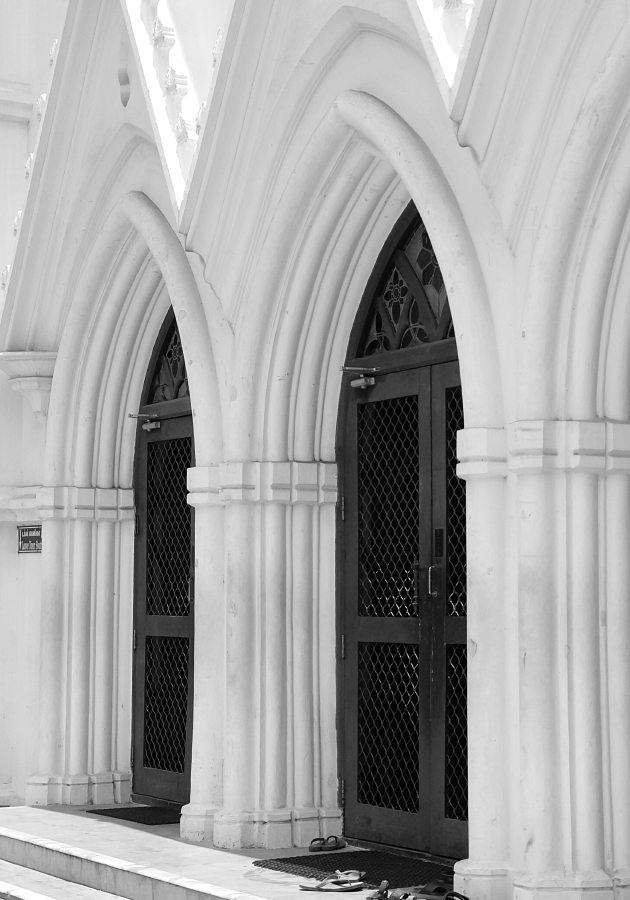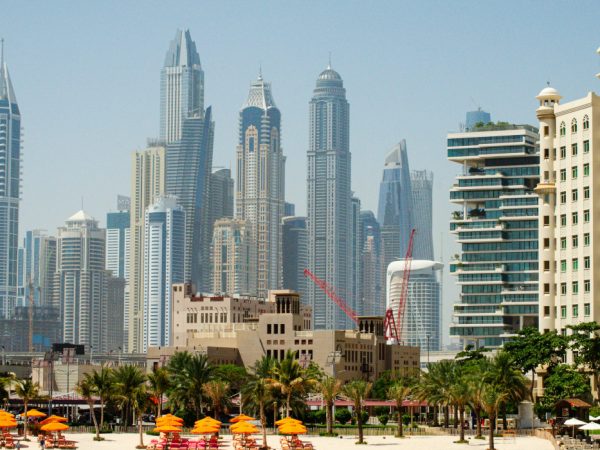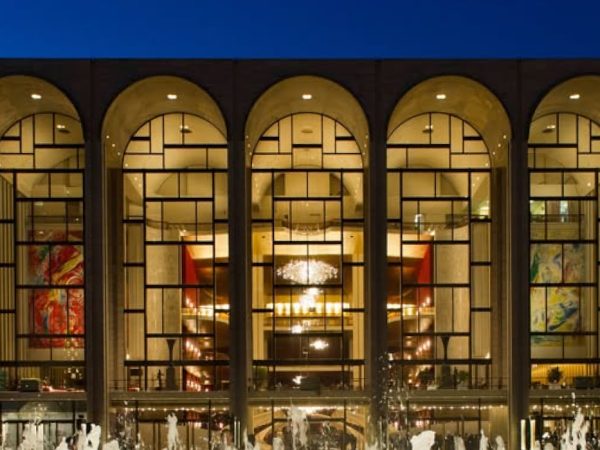Mr Ignatious Joseph is an internationally acclaimed designer and entrepreneur and ranks among the foremost shirt designers in luxury menswear industry and easily identifiable thanks to his signature red shoes and impeccable classic style with his own “twist”.
Ignatious Joseph established his shirt company more than two decades ago. After many years in the international hospitality business, he decided to pursue his passion for elegant menswear. Mr Joseph deliberately began to have his shirts made by people who have the tradition and skills needed to make luxury clothing, the small and medium-sized artisanal enterprises, like those in Italy. Ign. Joseph menswear is made by artisans laboring at the junctions of craft and quality materials. The Western peninsulas of Eurasia still inspire gentlemen from Shanghai to St. Petersburg to São Paulo with trends in the composition of distinctive styles. Yet it is the personal touch of Ign Joseph — and a bit of flamboyance—which has done so much to stimulate interest in handicrafts as well as the novel accents which tradition can lend to contemporary elegance.
Passages to India
In 1502, the Portuguese established the first trading centre in what is today’s Karala State.
A native of Ceylon (Sri Lanka), I decided in 2022, five hundred twenty years later, to explore the region. Like many in South Asia I owed my Catholic education to descendants of those first invasions. To expose the threads that still connect the Western markets where my business unfolded to their Eastern sources, my flight led from Frankfurt am Main to Colombo. There again I located in the Portuguese and Dutch traces one knot from which to begin my unravelling pilgrimage.
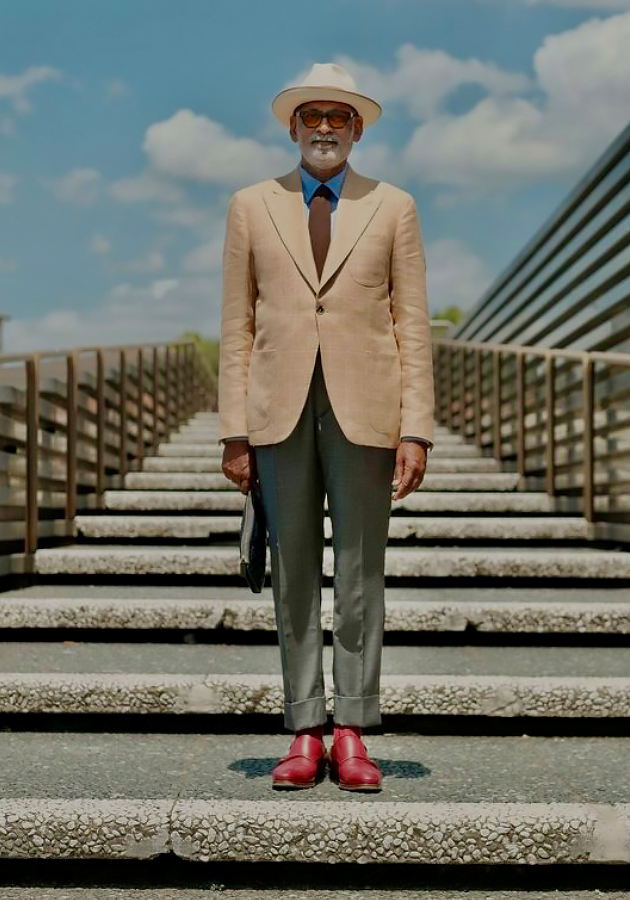
If one speaks today of India as a colony, most people will only remember the British. Cinema and literature in English have saturated the imaginations of millions who never knew the struggles for independence. Ghandi is no longer merely a name. It is also a cliché. India had been invaded before the British East India Company planted its standard on the beaches of Madras or Calcutta. If India is a “sub-continent” then the element of the Eurasian landmass from which the invaders came after 1502 is merely a peninsula. The vast complexity of the Indian Union is impossible to summarize. One might as well try to describe that Western peninsula based solely on a history of Belgium. I find it necessary to preface my brief travel report with these historical remarks. The highlights of these passages cannot do justice to the rich fabric anyone will encounter who tries as I did just to follow one path through the curries of the South and the cultures in which they are created, both in the kitchen and the quotidian.
Colombo seaport also had a pivotal role in the ancient spice route. This was the maritime Silk Road linking China with points as far west as East Africa. This colourful city on the Indian Ocean, with its laid-back island ambience, decaying colonial buildings and smattering of modern office blocks, is the perfect place to get a sense of a tropical capital. Still the bustling narrow streets, with tea sellers, hopper makers, merchants, and markets selling exotic (for visitors) foods and drinks makes me feel, not unlike in the Grand Bazar in Istanbul.
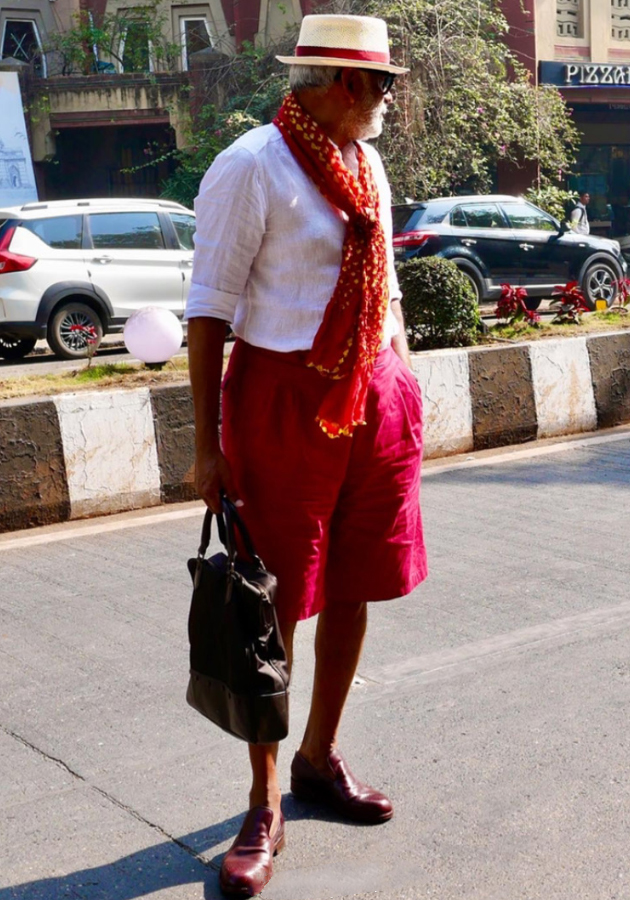
India‘s best, brightest gather in Mumbai — Bombay as it was named when the Portuguese established it — later conveying it to the British crown — to pursue education and careers, clamouring for a piece of the action — to make money. Here is home of some of India’s biggest companies and wealthiest families. In India, unlike many places with fabulous concentrations of wealth the most glamorous celebrities are not far from Asia’s biggest slum and millions of shockingly poor. Miracles waiting (indefinitely) to happen, the homeless, beggars sleep below the world’s most expensive personal residence, as Bollywood stars slip by open sewers in their Rolls-Royces. While not traditional India in the sense of ancient temples and camel bazaars, Mumbai is an icon of India, in all its facets.
